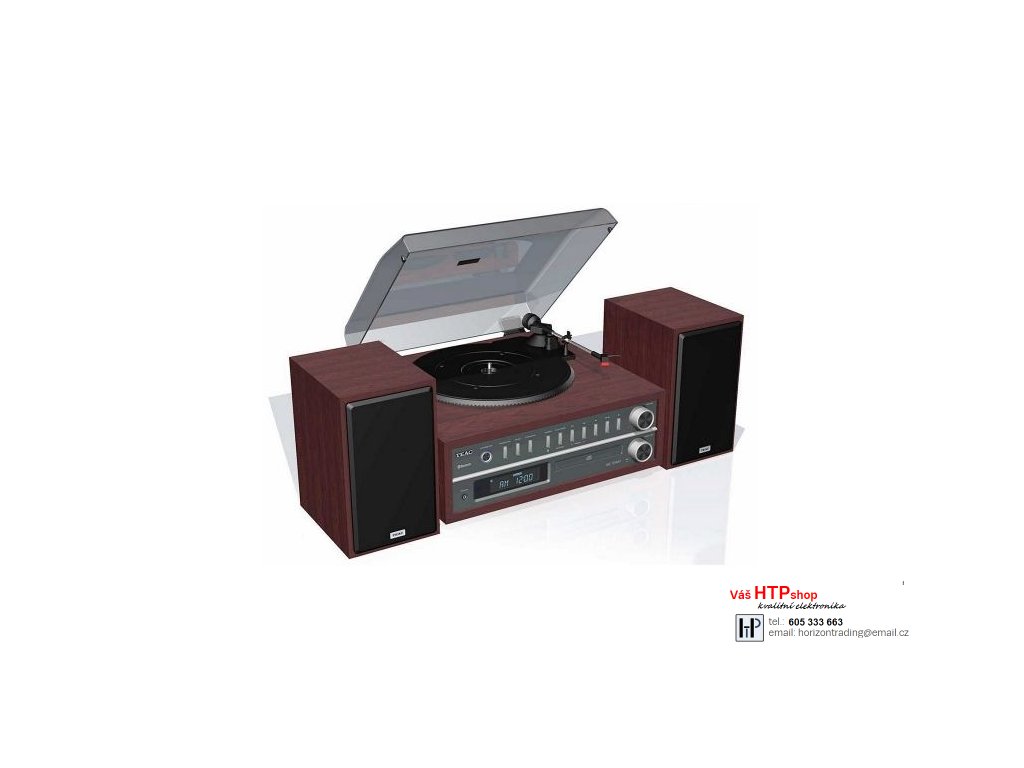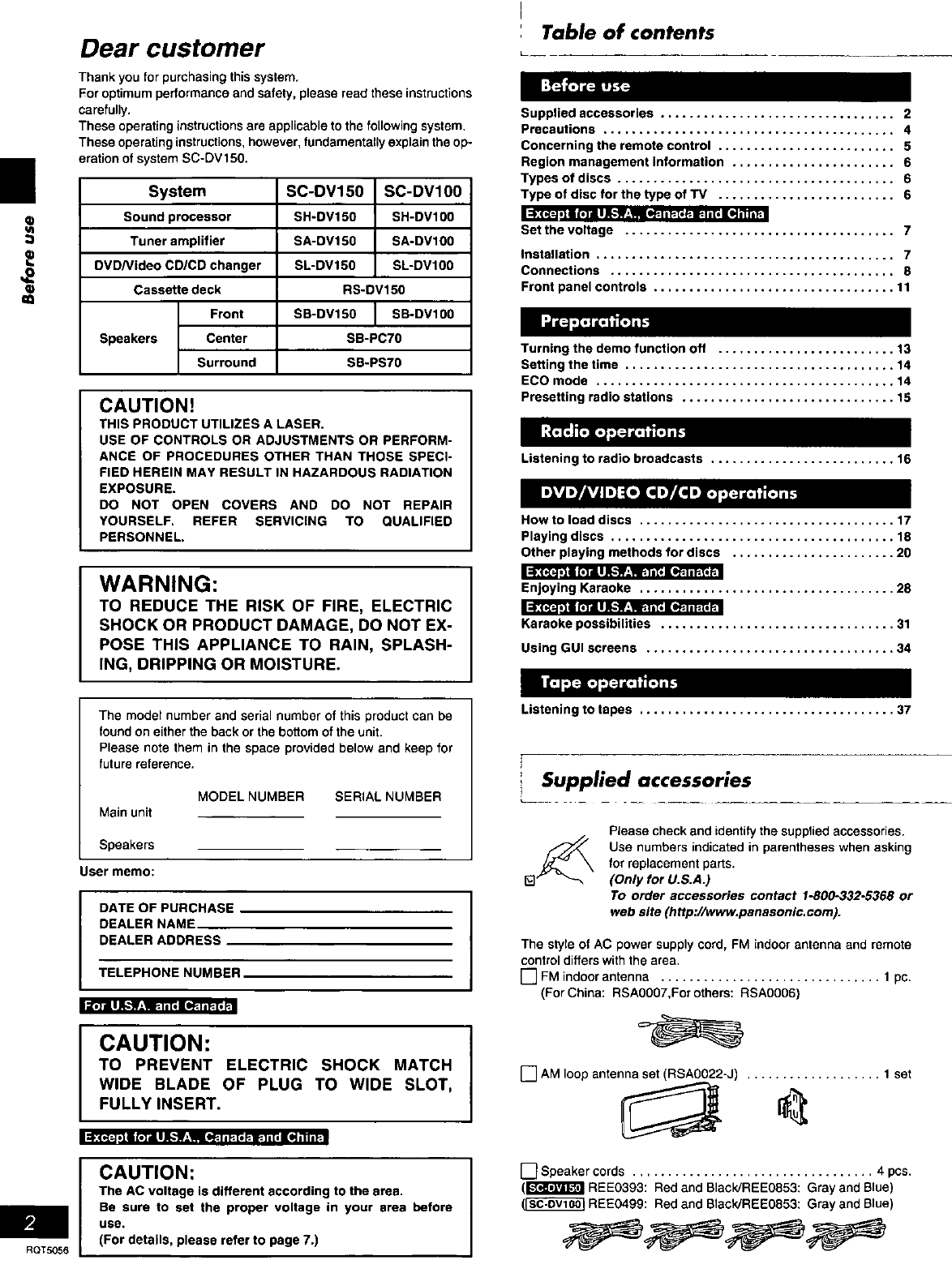

However, although group II introns retrohome and function efficiently for gene targeting in bacteria, their natural hosts, they do so inefficiently in eukaryotes, at least in part owing to lower free Mg 2+ concentrations ( 6), which decrease group II intron ribozyme activity (discussed below). The ribozyme-based, site-specific DNA integration mechanism used by group II introns enabled their development into gene targeting vectors (“targetrons”), which combine high integration efficiency with high and readily programmable DNA target specificity ( 5). The resulting intron cDNA is integrated into the genome by host enzymes ( 3, 4).

The IEP then remains bound to the excised intron lariat RNA in an RNP that promotes retrohoming via reverse splicing of the intron RNA directly into DNA sites followed by reverse transcription by the IEP. For group II introns, the splicing reactions are catalyzed by the intron RNA with the assistance of the IEP, which binds specifically to the intron RNA and stabilizes the catalytically active RNA structure. Like spliceosomal introns, group II introns splice via two sequential transesterification reactions that yield an excised intron lariat RNA ( 2). They consist of two components-an autocatalytic intron RNA (“ribozyme”) and an intron-encoded protein (IEP) with reverse transcriptase activity-that function together in a ribonucleoprotein (RNP) complex to promote RNA splicing and site-specific integration of the intron into new DNA sites in a process called retrohoming ( 1). Mobile group II introns are retrotransposons that are found in prokaryotes and the mitochondrial and chloroplast DNAs of some eukaryotes and are thought to be evolutionary ancestors of spliceosomal introns, the spliceosome, retrotransposons, and retroviruses in higher organisms ( 1). Our findings indicate that DV is involved in a critical Mg 2+-dependent RNA folding step in group II introns and demonstrate the feasibility of selecting intron variants that function more efficiently at low Mg 2+ concentrations, with implications for evolution and potential applications in gene targeting. Biochemical assays of splicing and reverse splicing indicate that the mutations increase the fraction of intron RNA that folds into an active conformation at low Mg 2+ concentrations, and terbium-cleavage assays suggest that this increase is due to enhanced Mg 2+ binding to the distal stem of DV. We thus identified mutations in the distal stem of DV that increase retrohoming efficiency in the MgtA mutant up to 22-fold. Here, we show that retrohoming of the Ll.LtrB group II intron is strongly inhibited in an Escherichia coli mutant lacking the Mg 2+ transporter MgtA, and we use this system to select mutations in catalytic core domain V (DV) that partially rescue retrohoming at low Mg 2+ concentrations. Although group II introns are active in bacteria, their natural hosts, they function inefficiently in eukaryotes, where lower free Mg 2+ concentrations decrease their ribozyme activity and constitute a natural barrier to group II intron proliferation within nuclear genomes. They consist of a catalytically active intron RNA (“ribozyme”) and an intron-encoded reverse transcriptase, which function together to promote RNA splicing and intron mobility via reverse splicing of the intron RNA into new DNA sites (“retrohoming”).

Mobile group II introns are bacterial retrotransposons thought to be evolutionary ancestors of spliceosomal introns and retroelements in eukaryotes.


 0 kommentar(er)
0 kommentar(er)
